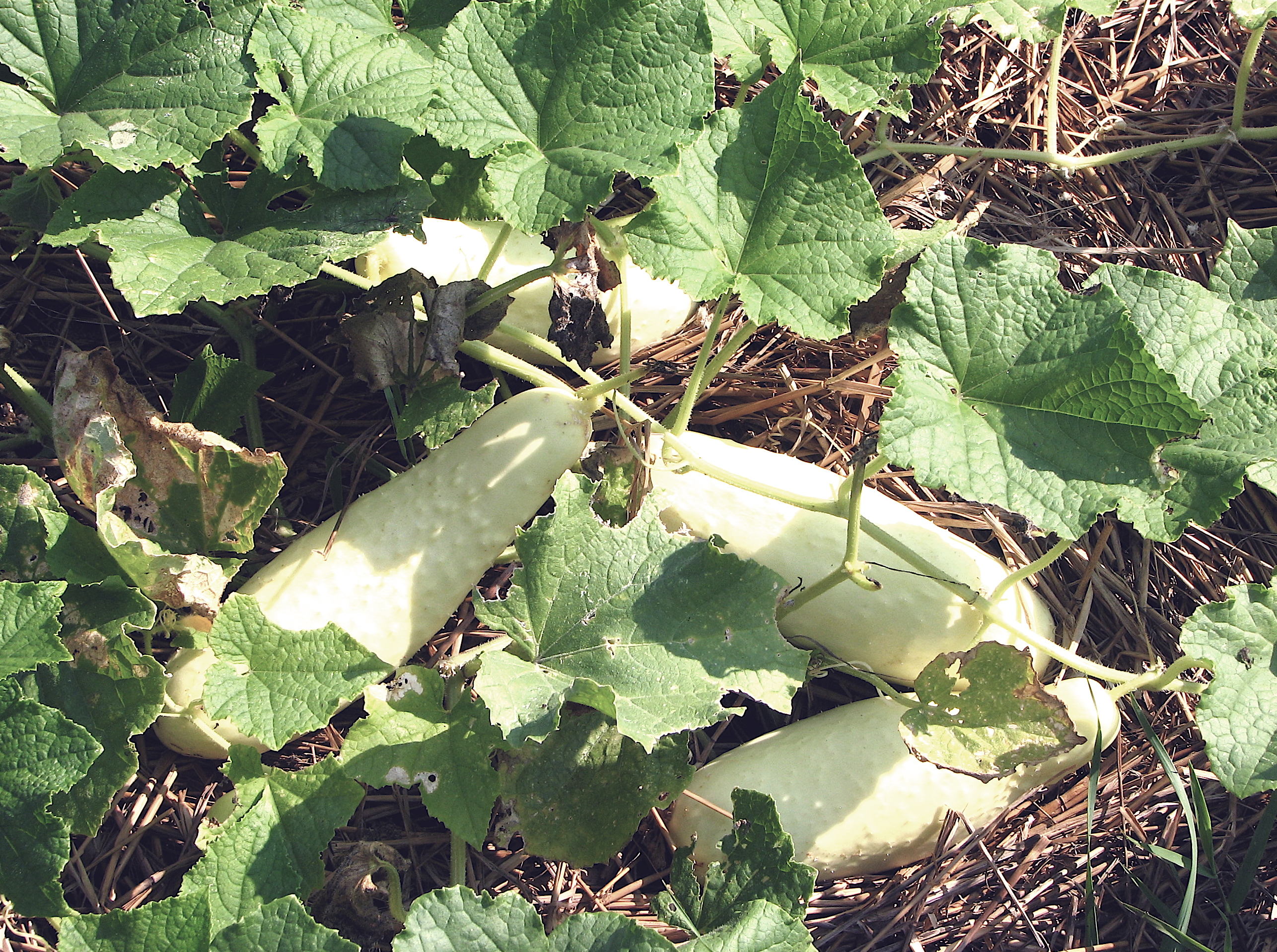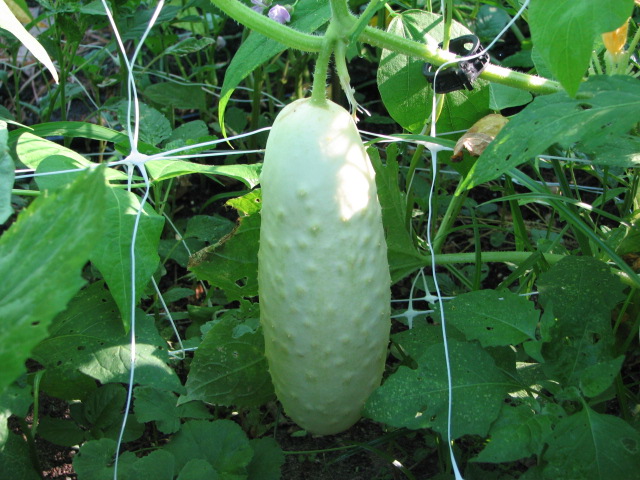This work including original photographs may be transmitted or stored in electronic form on any computer attached to the Internet or World Wide Web so long as credit is given to liseed.org and is included in the copy. Individuals may make single copies for their own use. All other rights are reserved.
Revised October, 2007 |








Last Modified: June, 2007